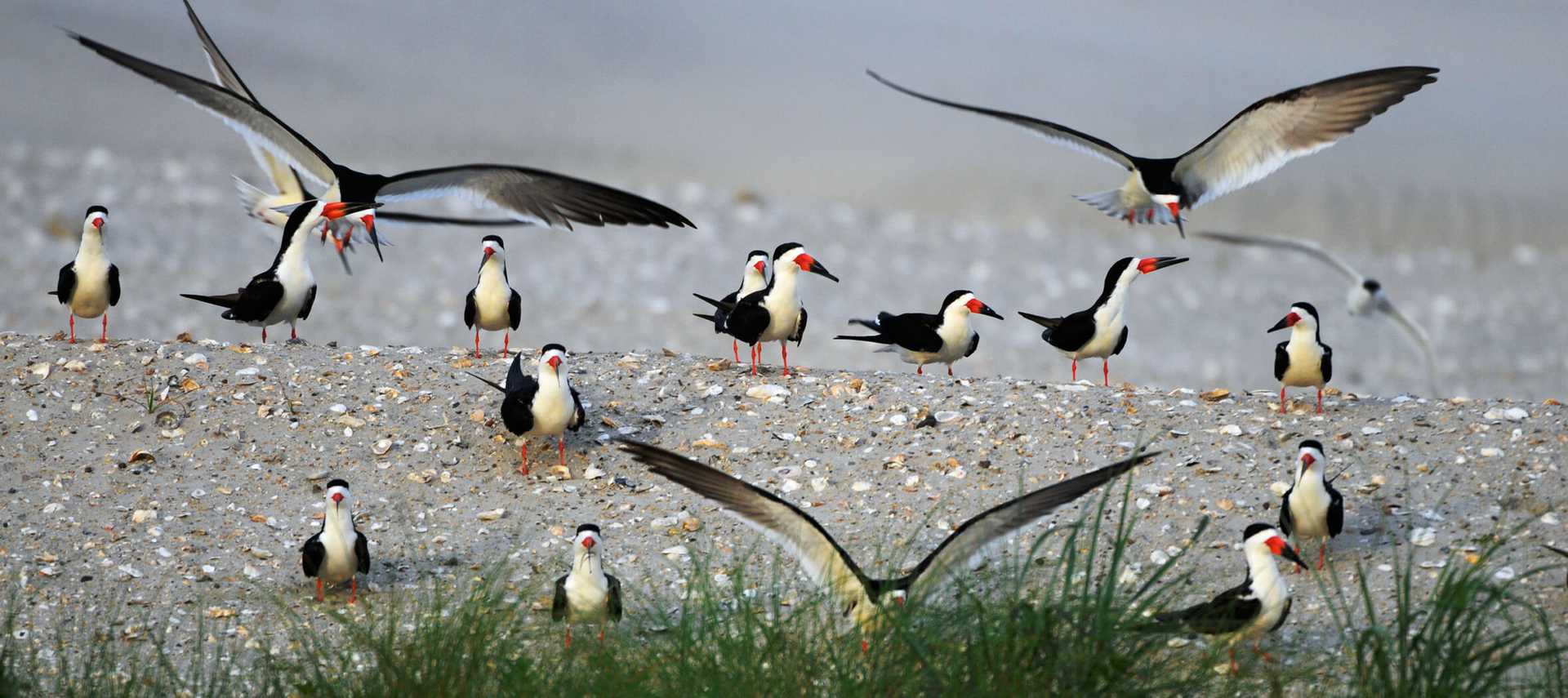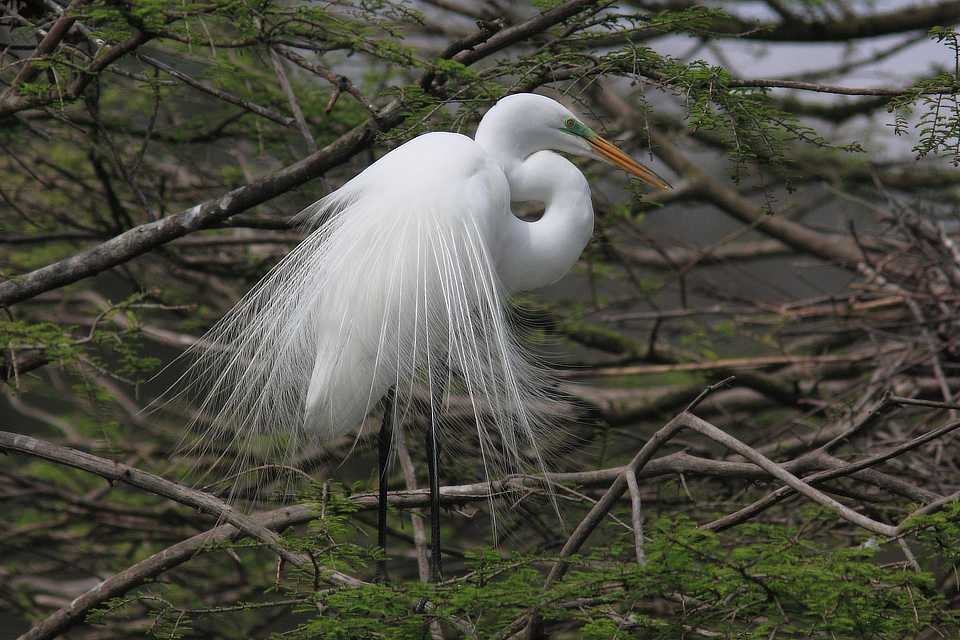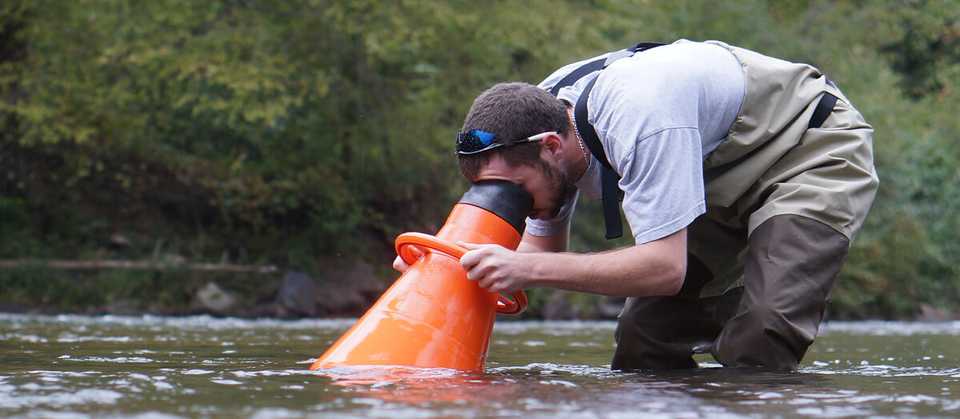Astute Spruce

Enhanced User Engagement with Conservation Blueprints in the Southeastern U.S.
Improving Access to Conservation Blueprints in the Southeast U.S.
The Southeast Conservation Adaptation Strategy (SECAS) and Southeast Conservation Blueprint build on years of investment by the U.S. Fish and Wildlife Service (USFWS) and partners to develop, refine, and apply conservation blueprints to advance on-the-ground conservation actions across the region. These blueprints integrate the current condition of terrestrial, freshwater, marine, and cross-ecosystem indicators to prioritize the most important areas for natural and cultural resources.
We are working with the USFWS and partners to create online applications that improve the ability for users to explore, understand, and apply the Southeast Conservation Blueprint as well as underlying conservation blueprints and landscape-level indicators within the region.
We created a pilot of the Southeast Conservation Blueprint Explorer that was released during 2021 along with major improvements to the South Atlantic Conservation Blueprint Simple Viewer. We are currently developing Southeast Conservation Blueprint Explorer version 1.0 for release in late 2022.
Goals:
- Enable increased access to, understanding of, and ability to apply the Blueprint priorities and indicators to on-the-ground conservation. Help users to better meet their specific needs.
- Create better points of engagement between users, user engagement staff within USFWS and partners, and Blueprint data developers.
- Increase interest in participating in Blueprint improvements. This leads to a better Blueprint and adoption.
- Make it easier to identify and communicate strengths and weaknesses within the Blueprint across the region.
- Highlight shared conservation priorities and opportunities for greater coordination.
- Highlight information from State Wildlife Action Plans and similar efforts as they are incorporated into the Blueprint.

Building on Prior Efforts
While at the Conservation Biology Institute, I led the development of the South Atlantic Conservation Blueprint Simple Viewer (SA Simple Viewer). This application has been highly effective at engaging users around the South Atlantic Conservation Blueprint.
We leveraged the approach and lessons learned from this effort to refine the SA Simple Viewer during 2020, and used that as the framework for creating the Southeast Conservation Blueprint Explorer.
We refined several of the most exciting features of the SA Simple Viewer.
- Expanded and optimized pixel-level exploration functionality, which allows users to easily see the Blueprint and indicator values for each pixel in the analysis. This is particularly helpful in understanding why a given area ranks high or low for the Blueprint. This uses the innovative datatiles approach we developed for the previous version of the SA Simple Viewer.
- Expanded the mobile-friendly version to include pixel-level exploration. The mobile version is highly useful for quickly communicating key aspects of the Blueprint in ad-hoc settings, without requiring a full desktop computer. This empowers USFWS staff to better communicate with partners around the Blueprint.

Better Communicating Conservation Priorities for an Area of Interest
We also developed the ability to create custom reports of the South Atlantic Conservation Blueprint and Southeast Conservation blueprint, underlying indicators, and associated landscape-level threats within user-defined areas of interest. The original version of the SA Simple Viewer was limited to providing pre-calculated summaries for existing summary units (subwatersheds and marine lease blocks). While these are reasonably useful for communicating general landscape characteristics, they lack the level of detail that users need in order to quantify the importance of an area of interest according to the Blueprint and indicators.
Users are increasingly leveraging the South Atlantic Blueprint and Southeast Conservation Blueprint in grant proposals and partnerships. In order to better support these uses, our new custom reports includes a rich suite of summary content including maps and summary tables of the Blueprint, each indicator, and landscape-level threats such as sea level rise.

- Javascript, GatsbyJS, React, MapboxGL
- Python, Pandas, GeoPandas, Pygeos, Numpy